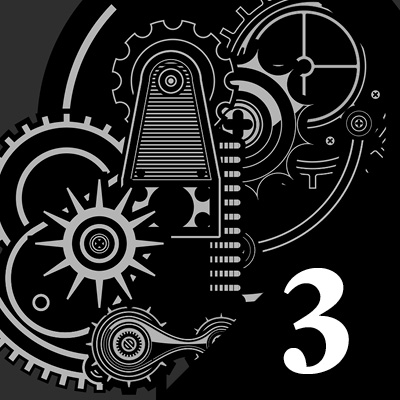Lives of Machines & The Industrial Revolution: 1
A GRANITE BAY DESIGN MICROSITE![]()
 Lives of Machines and
Lives of Machines and
The Industrial Revolution: Part 1
Milestones & Terminology
1748
Benjamin Franklin spent the summer of 1749 conducting a series of groundbreaking experiments with electricity. There were other scientists who believed that lightning was electricity, but Franklin was determined to find a method of proving it. A lightening rod is a pointed metalled attached to the roof of the building, which connects to a huge piece of copper or aluminium wire. If lightning strikes, the system attempts to carry the harmful electrical current away from the structure and safely to ground. [1]
What is Babbitt?
Babbitt metal, also called white metal, is a soft, white non-ferrous alloy used to provide a bearing surface. It has properties that help reduce friction which make it a good material to use in a plain bearing. While Babbitt metal is soft and can be easily damaged when treated improperly, and seems at first sight an unlikely candidate for a bearing surface, its appearance is deceptive. The structure of the alloy is made up of small hard crystals dispersed in a matrix of softer alloy. As the bearing wears the harder crystal is exposed, with the matrix eroding somewhat to provide a path for the lubricant between the high spots that provide the actual bearing surface.[2]
“There exist limitless opportunities in every industry. Where there is an open mind, there will always be a frontier.”
Charles Kettering
The Industrial Revolution



The Industrial Revolution, also known as the First Industrial Revolution, was a period of global transition of human economy towards more efficient and stable manufacturing processes that succeeded the Agricultural Revolution, starting from Great Britain, continental Europe, and the United States, that occurred during the period from around 1760 to about 1820–1840. This transition included going from hand production methods to machines; new chemical manufacturing and iron production processes; the increasing use of water power and steam power; the development of machine tools; and the rise of the mechanized factory system. Output greatly increased, and a result was an unprecedented rise in population and in the rate of population growth. The textile industry was the first to use modern production methods, 40 and textiles became the dominant industry in terms of employment, value of output, and capital invested. On a structural level the Industrial Revolution asked society the so-called social question, demanding new ideas for managing large groups of individuals. Visible poverty on one hand and growing population and materialistic wealth on the other caused tensions between the very rich and the poorest people within society. These tensions were sometimes violently released and led to philosophical ideas such as socialism, communism and anarchism.[3]
[1] is from one of two sources, either Riyasamdani or Historic UK. [2] is from the Vintage Machinery Wiki Knowledge Base and [3] is from The Gutenberg Project section on The Industrial Revolution. The period photographs are from a variety of public domain sources. You can use the thumbnail gallery below to navigate through the site.











